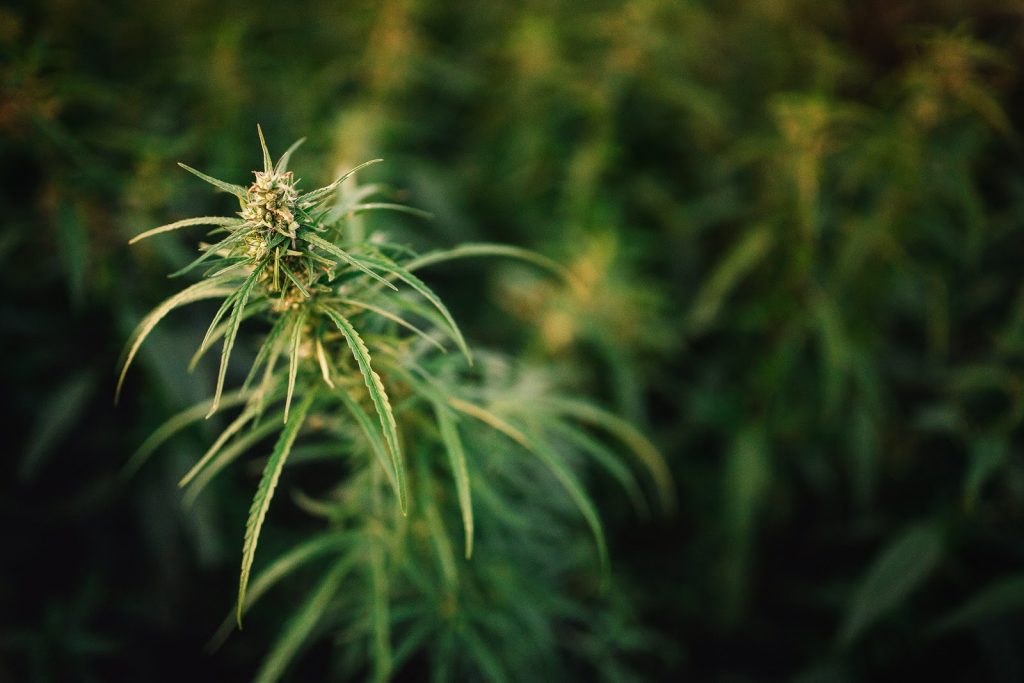The market for CBD extract is booming at the moment, with consumer CBD product sales reaching more than $350 million in 2017. Industry-wide, CBD sales more than tripled between 2014 and 2017, and by some estimates, the market could exceed $2 billion dollars by 2020. The CBD industry continues to expand, further tapping into natural grocers, cosmetic brands, cafés, and other product sectors. As a result, 2019 is poised to be a record year for large-scale hemp production and Cannabidiol (CBD) extraction. To reap the benefits of this bountiful coming harvest, an increasing number of businesses and entrepreneurs are in the market for an efficient state-of-the-art CBD extractor. While there is no one-size-fits-all CBD extraction process, and the optimal method will vary depending on the needs of each manufacturer, supercritical C02 extraction (also known as scco2 extraction) is by far the most common process used in the CBD industry today, and for good reason. In this post, we will guide you through the process of CBD supercritical extraction and its comparative advantages, to help you make an informed decision about how best to produce the premium product you wish to offer. Remember, not all CBD extraction methods will yield the same quality extract, and some CBD extractors pose certain risks and operational challenges you’ll need to consider carefully before making an investment.
Extracting CBD from Hemp
There are more than 100 different chemical compounds known as cannabinoids in hemp and cannabis plants. Tetrahydrocannabinol (commonly referred to as THC) and Cannabidiol (or simply CBD) are just two of these cannabinoids. Both THC and CBD interact with the human endocannabinoid system; however, they cause vastly different physiological effects. While THC may be more of a household name due its psychoactive effects, the lesser-known CBD is becoming increasingly popular for its ever-expanding list of health benefits. Currently, CBD has shown promise in treating everything from acne and certain cardiovascular issues to anxiety and inflammation. In addition, CBD is not psychoactive, meaning it does not produce the famous “high” of THC, so it is safe to use before driving and performing other daily activities that require unimpaired judgment and physical capabilities.
At this juncture, it’s crucial to understand the difference between the marijuana and hemp plants. Hemp and marijuana are both varieties of the Cannabis sativa plant. While both contain the aforementioned Cannabinoids THC and CBD, the overall concentration is drastically different. Marijuana contains a relatively high concentration of THC, while hemp contains high levels of CBD and low levels of THC (less than 0.3 percent).
For legal reasons and production purposes, this minimal concentration of THC is what makes hemp so appealing as an industrial material, as well as a source of CBD extract. Even as more states continue to legalize marijuana, the plant still remains a Schedule I drug under federal law. Due to the legal quagmire surrounding hemp, marijuana, and THC concentrations, many operators have primarily focused on CBD extraction from hemp and this is likely to increase with the passage of recent legislation, including the Farm Bill (more on this in a bit).
CBD Extraction Methods
All CBD extraction methods require a Cannabidiol CBD extraction machine. What kind of machine is chosen depends upon the desired extraction method, and that depends upon the desired quality of the final product, as well as practical concerns including the size and budget of the operational setup. Supercritical CO2 extraction, also known as scCO2, is a safe, efficient, and environmentally friendly extraction process proven to yield a fresh, clean, aromatic oil without the toxicity and other safety hazards inherent in other CBD extraction methods, specifically solvent-based methods. If not properly treated and purged, some chemical solvents (such as butane) may remain in the extracted oil, leading to a host of complications and consumer safety concerns. Until recently, one of the main disadvantages of supercritical extraction has been the cost of setup; however, that has all changed with the rise of affordable, modular tabletop CO2 extractors like the SuperC Extractor.
Supercritical CO2 Extraction — The Basics
Supercritical CO2 extraction has been used in the food and beverage industry for decades for purposes ranging from reducing the fat content in cheese to decaffeinating products such as coffees and teas. Due to the relative safety, ease, and environmental friendliness of the process, nontoxic supercritical CO2 extraction is also widely used throughout the cannabis and herbal supplement industries. Before diving into the details of extracting CBD, it’s helpful to understand the basics of supercritical CO2 extraction. Supercritical CO2 extraction works because CO2 is tunable, meaning it can be modified to focus on extracting a particular compound, such as CBD. This is achieved by perfectly balancing the variables of temperature and pressure. For example, materials high in terpenes are extracted better at a lower pressure and temperature, while materials high in resin are more readily extracted at a higher pressure and temperature. Maximum extraction efficiency varies from plant to plant, but hemp is highly responsive to the process, making supercritical CO2 extraction an ideal way of processing CBD. The method involves three basic steps.
Supercritical CO2 CBD Extraction Methods — How Does CO2 Extraction Work?
The CO2 cannabinoid extraction method starts with a relatively simple setup. The SuperC utilizes an extraction vessel and dual syringe piston compressor to bring the source material in contact with CO2 which has reached supercritical parameters. First, the plant material is placed in an anodized aluminum vessel known as an extraction column. It’s best to load the extraction column by first filling small sections and then packing these sections together tightly. This will ensure the plant materials are evenly packed and compressed within the chamber for a solid fill; this allows the CO2 to come into direct contact with as much plant material surface area as possible. In a separate compartment, an internal compressor and heating element are used to increase both the pressure and heat, allowing the CO2 to reach its supercritical state. In its supercritical state, CO2 maintains many properties of both a liquid and a gas. This means the supercritical CO2 has the ability to pass through the plant material like a gas while also dissolving materials like a liquid. Next, the supercritical CO2 extract flows into a collection jar where a sudden reduction in pressure from the material column to the collection jar causes the CBD to separate from the CO2, allowing the raw CBD oil to be collected.
The Future of CBD Extract
Currently, nearly 30,000 products use industrial hemp, from food and beverages to cosmetic products to automotive applications. Needless to say, this number is only expected to rise as the floodgates open on industrial hemp production in the coming months. The amount of hemp cultivated in the U.S increased from just over 23,000 acres in 2017 to 77,000 acres in 2018, and thanks to recent legislation, this total will only increase as CBD extraction processes become more standardized across industries.
While the legalities of CBD as a food and cosmetic product additive still remain sticky at best, the industry as a whole has a bright future moving forward. The Agriculture Improvement Act of 2018 (also commonly known simply as the Farm Bill) was signed into law on December 20, 2018, and this legislation removes “hemp from the Controlled Substances Act, which means that it will no longer be an illegal substance under federal law,” according to a recent release by the US Food and Drug Administration.
In the past, many American companies sourced their hemp products from Europe and elsewhere. However, this recent stateside legislation may open up the market to competition and more affordable prices in the coming months, greatly benefiting CBD producers and consumers alike. For those in the market for an affordable, efficient tabletop CBD extraction machine engineered to give operators maximum control and acute precision with every extraction, look no further than OCO Labs Modular Tabletop Extractors.






